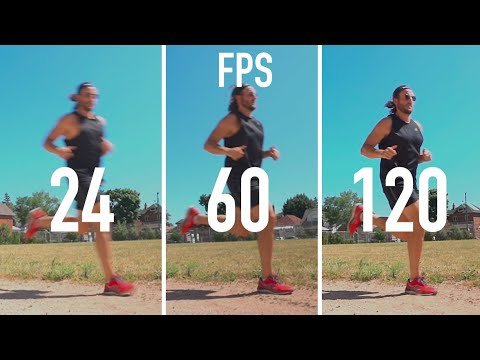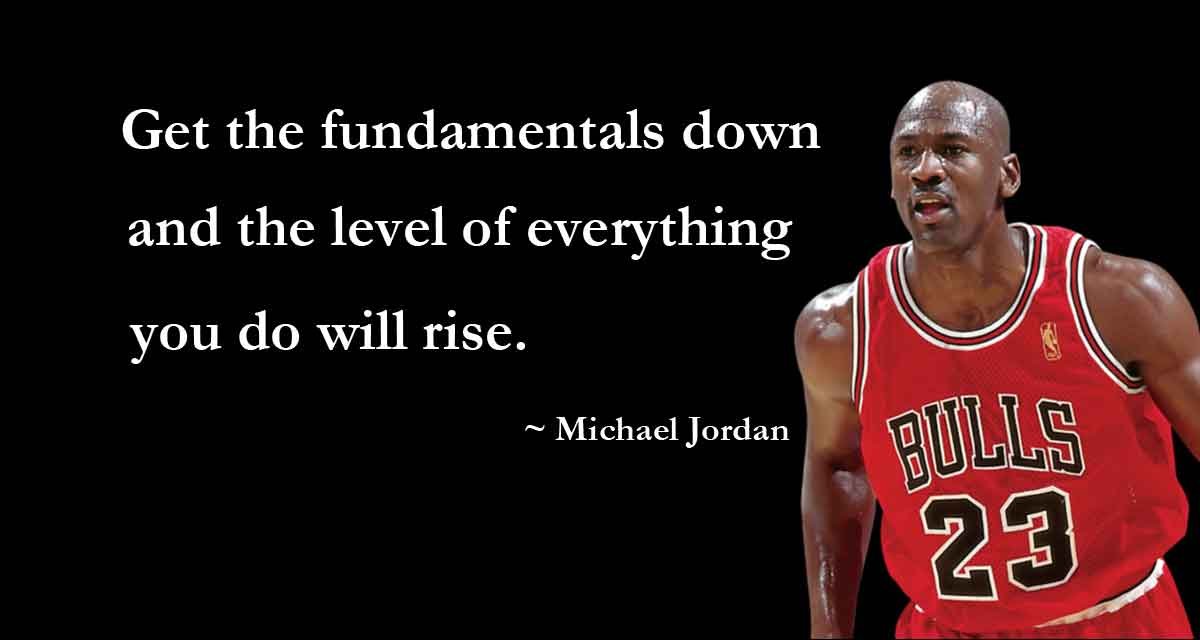Why It’s Not Too Late to Become a Content Creator in 2025
/In a world where seemingly everyone is a content creator, it’s easy to feel like you’ve missed the boat. You may scroll through social media and see established creators racking up millions of views, wondering if there’s still space for someone like you to break into the industry. But the truth is, 2025 is not too late to become a content creator—in fact, it's one of the best times to start.
Here’s why.
1. Content Consumption is at an All-Time High
In 2025, the demand for content is insatiable. Platforms like TikTok, YouTube, Instagram, and new emerging ones are constantly evolving, and audiences are hungry for fresh, diverse content. The global pandemic of the early 2020s significantly shifted how we consume media, with more people than ever spending time online. That trend has not slowed down—it’s only growing.
More niches and communities have sprung up online, and no matter how specific your interests or expertise, there is an audience for you. Whether it's niche hobbies, entrepreneurship, crypto, mental health, or lifestyle vlogs, people are looking for content that speaks directly to them. If you have something to say, there are countless viewers ready to listen.
2. The Creator Economy is Thriving
The rise of the creator economy means that it’s easier than ever to monetize your content. Platforms have integrated creator-friendly monetization strategies like Patreon, YouTube memberships, TikTok’s Creator Fund, and brand partnerships. In 2025, new tools and decentralized platforms allow creators to have more control over their earnings.
Additionally, new models such as NFTs, tokenized content, and subscriptions offer exciting revenue streams that were once unheard of. As the gig economy expands, being a content creator is a viable career choice—not just a side hustle or hobby.
3. Authenticity is More Important Than Production Value
One of the misconceptions about becoming a content creator in 2025 is that you need expensive gear and flawless production to succeed. But the truth is, audiences are craving authenticity. They want creators who are real, relatable, and transparent.
Gone are the days when only the perfectly curated Instagram feeds or high-budget YouTube videos succeeded. Now, raw, behind-the-scenes content, unfiltered conversations, and genuine interactions are what stand out. Being yourself and providing value will resonate with your audience far more than high-tech cameras and flawless editing.
4. Technology Levels the Playing Field
Thanks to advancements in technology, starting as a content creator has never been easier. With just a smartphone, free apps, and basic editing software, you can produce professional-looking content from your home. AI-powered tools now simplify the process even more by automating editing, optimizing posting schedules, and even assisting with content ideas.
You no longer need to have an extensive background in media production. Anyone with a good story, a unique perspective, or a willingness to learn can enter the space and grow.
5. People Want New Voices
There’s a growing demand for fresh perspectives, and you can be one of those new voices. Established creators often speak to the masses, but more intimate, community-driven content is becoming increasingly popular. Viewers are seeking relatable creators they can connect with on a personal level—whether that's someone who shares their interests or comes from a similar background.
In 2025, your lived experience is a valuable asset. Whether you're an entrepreneur, stay-at-home parent, artist, or crypto enthusiast, there's someone who will benefit from hearing your story. Don’t be afraid to embrace your uniqueness—that’s exactly what can help you stand out.
6. There’s No Better Time for Learning and Growing
One of the most encouraging aspects of becoming a content creator in 2025 is that there are more resources available than ever before. From free YouTube tutorials to courses on content creation, marketing, and branding, you can teach yourself the skills needed to succeed.
Content creation is also an evolving field, so you’re not behind—everyone is constantly learning. Trends shift, new platforms emerge, and algorithms change, but creators who stay curious and adaptable will always find success. As a newcomer, you have the advantage of learning alongside everyone else.
7. Niche Markets Are Exploding
If you’re worried about competing with mainstream influencers, the rise of niche content is your ticket to success. Micro and nano-influencers are thriving by focusing on highly specific areas and catering to passionate audiences. You don’t need millions of followers to be successful—you just need a dedicated community.
By finding your niche and serving it well, you can carve out your own space in the vast creator landscape. Whether it’s DIY projects, financial advice, or tech reviews, there’s a place for you.
8. Personal Brands Matter More Than Ever
In 2025, people follow people, not just content. This means your personality, values, and authenticity will be the foundation of your brand. By focusing on building a personal brand that reflects who you are, you can create deeper connections with your audience and grow a loyal following over time.
You have the ability to create not just content but a community that aligns with your goals, interests, and values. Building a brand that goes beyond content is a long-term strategy that pays off by opening doors to business opportunities, partnerships, and other ventures.
Final Thoughts
If you’ve been hesitating to start your content creator journey, 2025 is the year to jump in. The landscape is more dynamic than ever, and with the right mindset, tools, and passion, there’s no reason why you can’t succeed. Whether you want to create content as a side hustle or build a full-time career, the opportunities are endless.
The best time to start was yesterday, but the second-best time is today. Don’t wait—your audience is out there waiting for you to share your voice. Got any Q’s on how to make it happen? HMU, send me a DM and let’s chat more HERE!
































































































